1
Salt cod piled on pallet, ready for shipping (St. Paul's fish plant).20th Century, Circa 2006
Bonne Esperance, Quebec, Canada
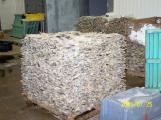 Credits:
Credits:Wanita Roberts
2
Wade Nadeau, splitting cod fish.20th Century
Bonne Esperance, Quebec, Canada
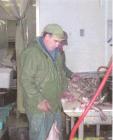 Credits:
Credits:Wanita Thomas
3
Forking cod fish from the boat to the stage head.20th Century
Salmon Bay, Quebec,Canada
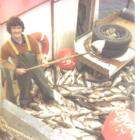 Credits:
Credits:James Keats
4
James Thomas forking cod from the boat to the wharf.20th Century
Salmon Bay, Quebec,Canada
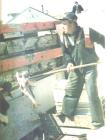 Credits:
Credits:James Thomas
5
Longliner catch of cod (41 quintles).20th Century, Circa 1979
Salmon Bay, Quebec,Canada
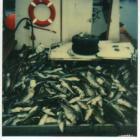 Credits:
Credits:James Keats
6
Long liner and crew after hauling their nets.20th Century, Circa 2006
Bonne Esperance, Quebec, Canada
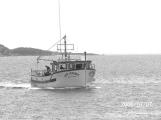 Credits:
Credits:Wanita Roberts
7
Longliner fleet at the dock in Bonne Esperance.20th Century
Bonne Esperance, Quebec, Canada
 Credits:
Credits:James Keats
8
Long liner going out to haul nets.20th Century
Bonne Esperance, Quebec, Canada
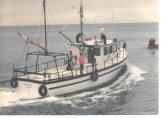 Credits:
Credits:James Keats
9
Today's cod fishing is practised on a different scale. In the 1970's, fishermen no longer used the cod trap. Government banned the use of traps, stating that it captured too many fish, therefore, causeing the stocks to deplete. Fishermen built new type boats, (longiners, trawlers, draggers) much more steardy for long journey"s at sea. Gill nets were introduced. Boat owners selected a crew of four or five men to work on each boat. In the 1970"s cod was still plentiful, however with too many fishermen and too many boats the stocks began to deteriorate.In 1990, a moratorium was placed on the cod fishery. For several years the longiner fleet was tied to the wharf and not allowed to fish. This brought devastation and uncertainity to the people of the Lower North Shore. Today, the cod stock is still low, however, fishing is still practised on the Lower North Shore on a small scale by government limited quotas.